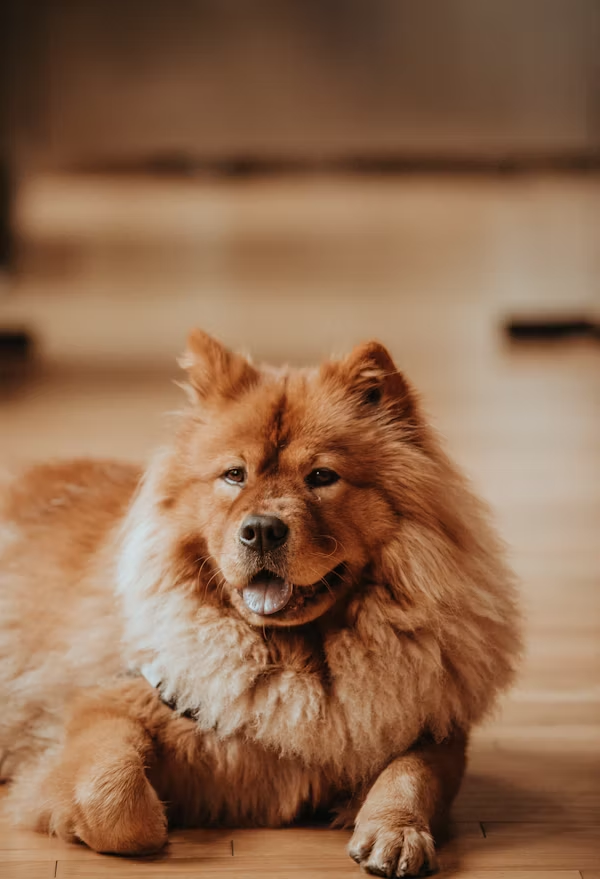How to Help Your Dog Lose Weight: Healthy Tips for Managing Your Dog’s Diet and Exercise
Obesity is a growing concern among pets, with many dogs struggling with excess weight that can lead to serious health issues. Helping your dog lose weight involves a combination of dietary changes, increased exercise, and regular monitoring. In this guide, we’ll explore practical tips to help your dog shed those extra pounds and maintain a healthy weight.
1. Consult Your Veterinarian
Before embarking on a weight loss journey for your dog, it’s crucial to consult your veterinarian. They can assess your dog’s overall health, determine their ideal weight, and rule out any underlying medical conditions contributing to obesity. Your vet will also help you create a customized weight loss plan that suits your dog’s needs.
2. Calculate Your Dog’s Ideal Weight
Understanding your dog’s ideal weight is essential for setting realistic goals. Your vet can provide you with a target weight range based on your dog’s breed, size, age, and overall health. Many veterinary clinics also use body condition scoring systems to assess whether your dog is underweight, normal weight, overweight, or obese.
3. Choose the Right Diet
A well-balanced, low-calorie diet is key to your dog’s weight loss. Here’s how to make healthier food choices:
- Select High-Quality Dog Food: Look for foods with high protein content and low fat. Protein helps maintain muscle mass, which is important during weight loss.
- Portion Control: Follow the feeding guidelines on the dog food package or as advised by your vet. Measure your dog’s food to prevent overfeeding.
- Avoid Table Scraps: Human food can be high in calories and fat. Stick to dog food and approved treats to manage calorie intake.
- Incorporate Fiber: Foods with added fiber can help your dog feel fuller longer and aid in weight management.
4. Implement a Feeding Schedule
Establishing a regular feeding schedule can help control your dog’s calorie intake and prevent overfeeding. Divide your dog’s daily food allowance into two or more meals to avoid large, calorie-dense meals.
5. Monitor Treats and Snacks
Treats should be given sparingly and should not exceed 10% of your dog’s daily calorie intake. Opt for low-calorie treats or healthy alternatives like carrot sticks or apple slices (without seeds). Be mindful of the treat’s calorie content and adjust your dog’s meal portions accordingly.
6. Encourage Regular Exercise
Exercise is a crucial component of any weight loss program. Here are some tips to help increase your dog’s activity level:
- Daily Walks: Aim for at least 30 minutes of exercise per day. Gradually increase the duration and intensity as your dog builds stamina.
- Playtime: Engage in activities that your dog enjoys, such as fetch, tug-of-war, or agility training. Interactive toys can also help keep your dog active.
- Dog Parks: Visiting dog parks allows your dog to socialize and run freely, providing both mental and physical stimulation.
7. Track Your Dog’s Progress
Regular monitoring is essential to ensure your dog is losing weight at a healthy rate. Weigh your dog weekly or bi-weekly and keep a record of their progress. Adjust their diet and exercise routine based on their weight loss and overall health.
8. Be Patient and Consistent
Weight loss in dogs should be gradual to avoid health issues. Aim for a weight loss rate of 1-2% of your dog’s body weight per week. Consistency and patience are key; sudden changes or extreme diets can be harmful.
9. Address Behavioral Issues
Sometimes, obesity is linked to behavioral issues such as boredom or anxiety. Ensure your dog has ample mental stimulation and engages in activities that reduce stress. Consider puzzle toys or training exercises to keep your dog occupied.
10. Celebrate Milestones
Celebrate your dog’s weight loss achievements with positive reinforcement. Use praise and affection to reward your dog for their hard work. Avoid food-based rewards, as they can counteract the progress made.
Conclusion
Helping your dog lose weight is a rewarding process that requires commitment, patience, and a well-structured plan. By consulting with your veterinarian, adjusting your dog’s diet, increasing their exercise, and monitoring their progress, you can support your furry friend in achieving and maintaining a healthy weight. Remember, every dog is unique, so tailor your approach to fit your dog’s specific needs and lifestyle.











Leave a Reply